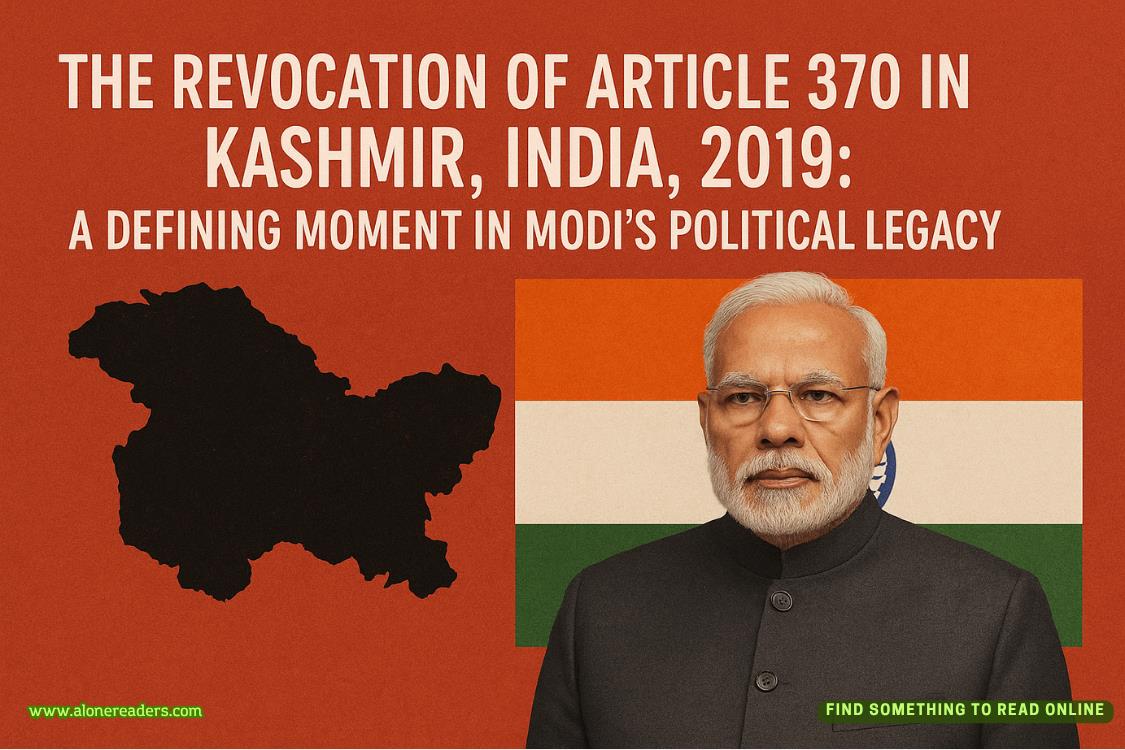Page 43 of I Never Said I Love You
“Do you ever think about how big the world is – and how small we are?” I asked. “Just look at this lake. Standing here, it’s as vast as the ocean. But really it’s just a mere drop of the planet.”
“Infinitesimal,” he agreed. “You want to see it all, don’t you? You like to grab onto life with both arms and wrestle with it.”
“There’s nothing wrong with that.”
“But maybe you make it harder for yourself than you need to. There’s no failure in not experiencing everything between the tip of Mount Everest and the Dead Sea.”
“You left out the moon and the Mariana Trench.”
He smiled, but his mood was serious. He grabbed my hands and turned us so that we were face-to-face. When he leaned toward me to kiss my forehead, I saw his Adam’s apple bob as he swallowed hard. He stood back again and looked at me.
“Always with the repartee. But to see it all, to do everything, you must only race from sunrise to sunset. You will miss the moment. Sometimes it is better to stop and appreciate what you have, rather than worry about what is next. Besides what will you have left for the next lifetime if you have seen and done it all before?”
I smiled weakly, the words for the moment escaping, washed away like the sands of time.
We made our way back to where we had left our blanket on the beach.
“See, I told you it was okay to leave it here,” I gloated again.
“I’m glad that I was wrong. Now let’s sit.”
“We should go soon,” I said. “It’s a long drive. And the sun sets earlier these days.”
“Just lie with me here for a little longer. I want to remember this. This is a day when I have wished I could freeze time, to stay in this moment forever. With you.”
He turned my face toward him and reached over to pull the tie from my hair.
“I think it’s late enough you will not sunburn your head now. I want to look at you like this.”
He ruffled my hair loose. Red waves cascaded across my face. I closed my eyes.
“Look at me, too, Liss. Please. I want to remember this.”
He draped his arm across me, leaned in, and kissed me deeply.
“Not here, Nao Kao, there are still people all around!” He sighed, defeatedly, shaking his head, his eyes still locked squarely on mine.
I let him lie a few more minutes with his arm across my back, our faces turned together just inches apart, before I told him the day was officially done.
He groaned. Despite his protests, I made him rise from the blanket and help me shake the sand from it as best we could, folding it neatly into a square. Hand-in-hand we walked away from the water. I saw him glance over his shoulder as we reached the parking lot, one last look for posterity.
The memory faded from my mind as, heavily, the plane landed with a jolt. We bumped a bit along the tarmac, the brakes screaming against our momentum.
Watching my fellow passengers collect their belongings and prepare to leave the aircraft I was struck yet again by the overt, if entirely unconscious, displays of cultural difference. Everyone who travels is aware of the American tourist stereotypes: tennis shoes, baseball caps, backpacks, slouched shoulders, sagging pants, and an expansive gait that have all been caricaturized far and wide. But the differences are so much deeper than what we wear or how we carry ourselves. I noticed the Asian passengers waiting patiently around me, the men mostly in sport coats and loafers, the women tidy and trim, their makeup in place, hair combed neatly, attired in clothes I would pull from my closet only to go to work.
By contrast, to a person, the Americans wore athleisure wear. They shifted their weight obviously from side-to-side trying to see ahead down the aisle to the cause of the delay, tugging at the handles of the bulging bags they had carried on. The seats they – we – had occupied were easy to pick out; the pillows and blankets a-jumble, chocolate wrappers and empty water bottles competing for space alongside discarded magazines and the other detritus of a long flight. I watched the Korean woman across the aisle from me carefully returning her pillows to the plastic bag they had come in, checking each crevice for an escaped belonging. Discreetly she wadded a wrapper into the palm of her hand next to her passport.
I love to teach the elements of culture to students, to share with them the quirks of personal space and time (hint: “tomorrow” does not always mean tomorrow), the hierarchical nature of society, the practical implications of collectivism and individualism. All of these dimensions are important, but the one I always encourage students to pay the greatest attention to is high-context versus low-context.
High-context cultures are indirect, nuanced, and rely heavily on non-verbal cues. Low-context cultures, and the people who embrace them, are explicitly, expressly clear. Low-context communication is frequent, and off-the-cuff. High-context is deliberate and carefully considered, the message typically wrapped in layers, like an onion skin. If a Japanese person ever tells you something will be difficult, they do not mean it can be accomplished with sufficient effort. The project is dead on arrival.
High-context is a man wearing a shirt one woman gave him to dinner with another woman.
∞ ∞ ∞ ∞ ∞
If the booksI suggested for Nao Kao these past few months landed with a bit of a thud, the ones he recommended to me were on the mark. Beginner’s luck – or perhaps he simply did know better what made me tick. Either way is possible, but say what you will about Myers-Briggs, he pegged all four of my indicators in a single go one morning. I’m not sure he even thought about it.
He asked me to guess his, and I demurred, but when he asked a second time, well, I never was good at denying him. Ultimately, I think I got two correct, the same odds as if I had been flipping a coin. But if my lack of insight stung, he had the good grace to thank me instead for playing his game.















